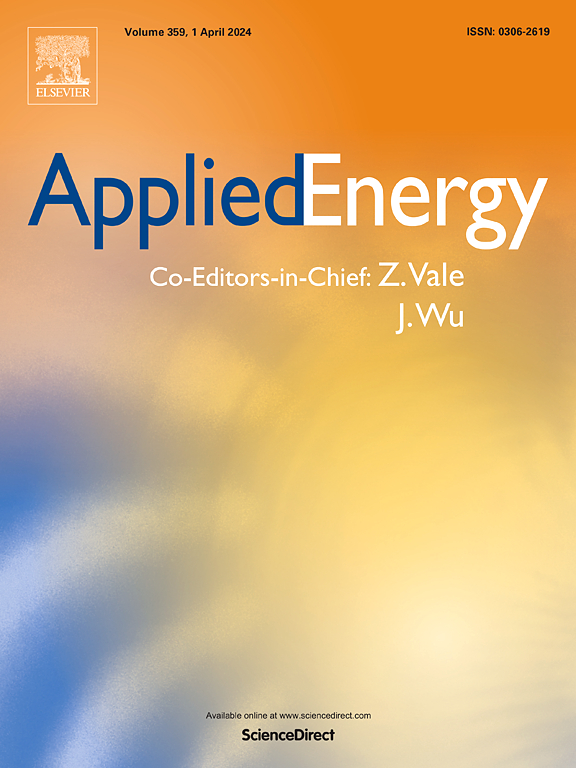An adaptive spatio-temporal graph recurrent network for short-term electric vehicle charging demand prediction
IF 10.1
1区 工程技术
Q1 ENERGY & FUELS
引用次数: 0
Abstract
Predicting Electric vehicle (EV) charging demand can facilitate the efficient operation and management of the smart power grid and intelligent transportation systems. We propose an adaptive spatial-temporal graph recurrent network (ASTGRN) to predict the EV charging demand in short term at the charging station level. Specifically, we design an adaptive graph learning layer that learns the spatial correlations in a data-driven manner. Additionally, an embedding project layer is integrated to enhance the graph learning layer. Subsequently, a graph recurrent layer consisting graph convolutional kernel and gated recurrent unit is employed to extract spatial-temporal features from the observations. We evaluate the proposed ASTGRN model using a real-world EV GPS trajectory dataset containing charging information of over 76,000 EVs in Beijing. The experiment results suggest that ASTGRN achieves state-of-the-art performance compared to those advanced spatial-temporal prediction models (e.g., Temporal Graph Convolutional Network and GraphWave Net). The effectiveness of the proposed model in charging demand prediction indicates that the spatial correlation between different charging stations may not be related to geographical distance in the charging demand prediction task, and the use of prior knowledge of geographical location may undermine model performance.
求助全文
约1分钟内获得全文
求助全文
来源期刊

Applied Energy
工程技术-工程:化工
CiteScore
21.20
自引率
10.70%
发文量
1830
审稿时长
41 days
期刊介绍:
Applied Energy serves as a platform for sharing innovations, research, development, and demonstrations in energy conversion, conservation, and sustainable energy systems. The journal covers topics such as optimal energy resource use, environmental pollutant mitigation, and energy process analysis. It welcomes original papers, review articles, technical notes, and letters to the editor. Authors are encouraged to submit manuscripts that bridge the gap between research, development, and implementation. The journal addresses a wide spectrum of topics, including fossil and renewable energy technologies, energy economics, and environmental impacts. Applied Energy also explores modeling and forecasting, conservation strategies, and the social and economic implications of energy policies, including climate change mitigation. It is complemented by the open-access journal Advances in Applied Energy.
 求助内容:
求助内容: 应助结果提醒方式:
应助结果提醒方式:


